iFi Zen Blue V3 Lossless Bluetooth Transmitter / Receiver DAC – Flying Music Performance
iFi Zen Blue V3 is a $299 USD Desktop Lossless Bluetooth Transmitter and Receiver, with an embedded DAC, and with a high-quality Qualcomm 5.4 QC5181 chipset, and a balanced 4.4mm output, alongside some of the most impressive bluetooth abilities seen in the audio world. Today we will explore the Zen Blue V3 and what it does best.
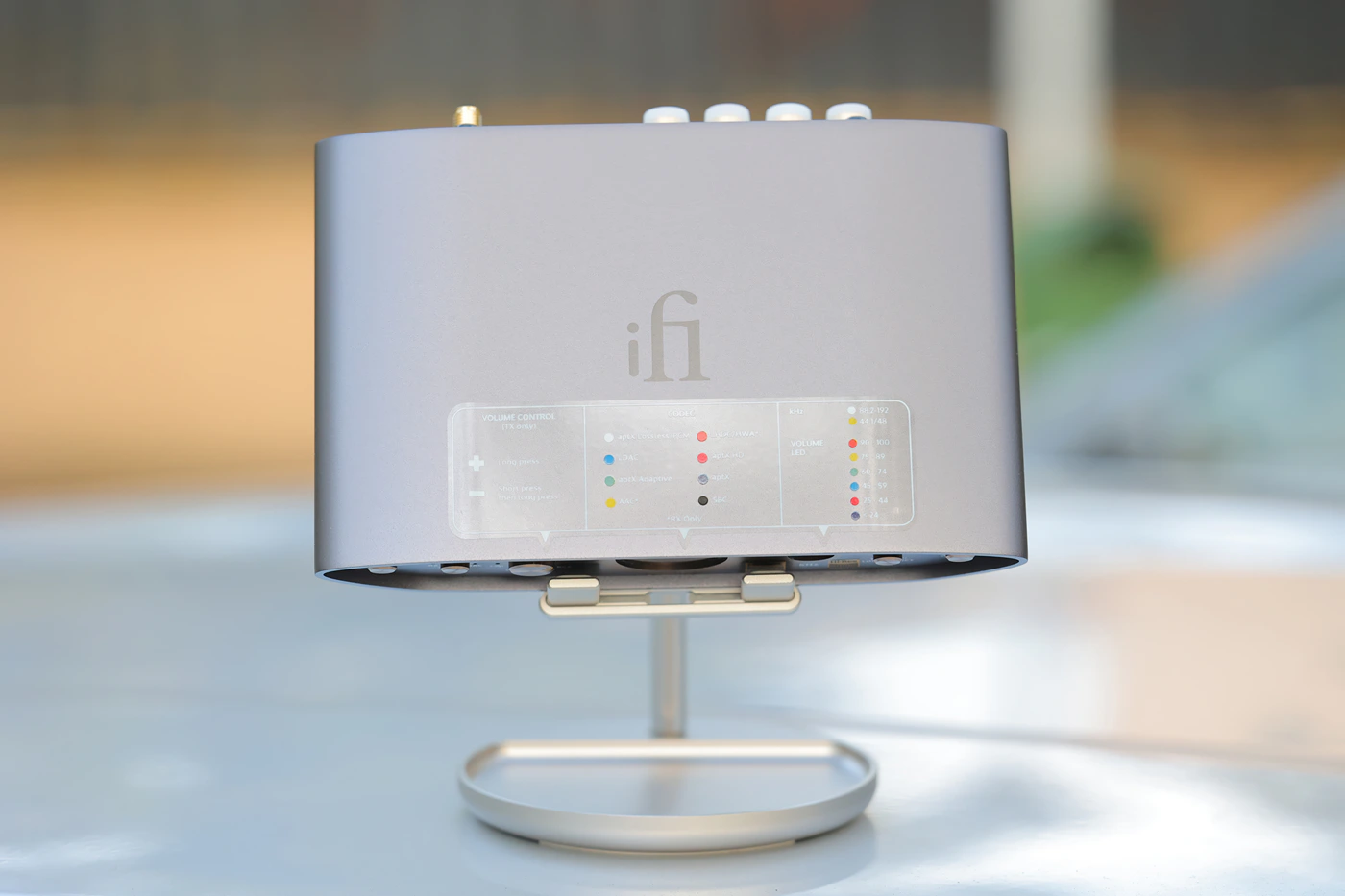
Introduction
iFi Audio is one of the most popular brands in the audio world, being sold in numbers higher than most of their direct competitors, thanks to their great price / performance ratio, and answering customer needs promptly, offering high quality products in general, and strong warranty support as well. Although the unit we are reviewing today has a proposed price of 299 USD, it is currently selling in Romania for 231 USD, which is curious given that Zen Blue v3 was just released on the market. As an Amazon Influencer, I earn from qualifying purchases, and using the purchase links in my reviews helps me maintain this website and Youtube Channel. Huge thanks to iFi for providing us with the sample for this review.
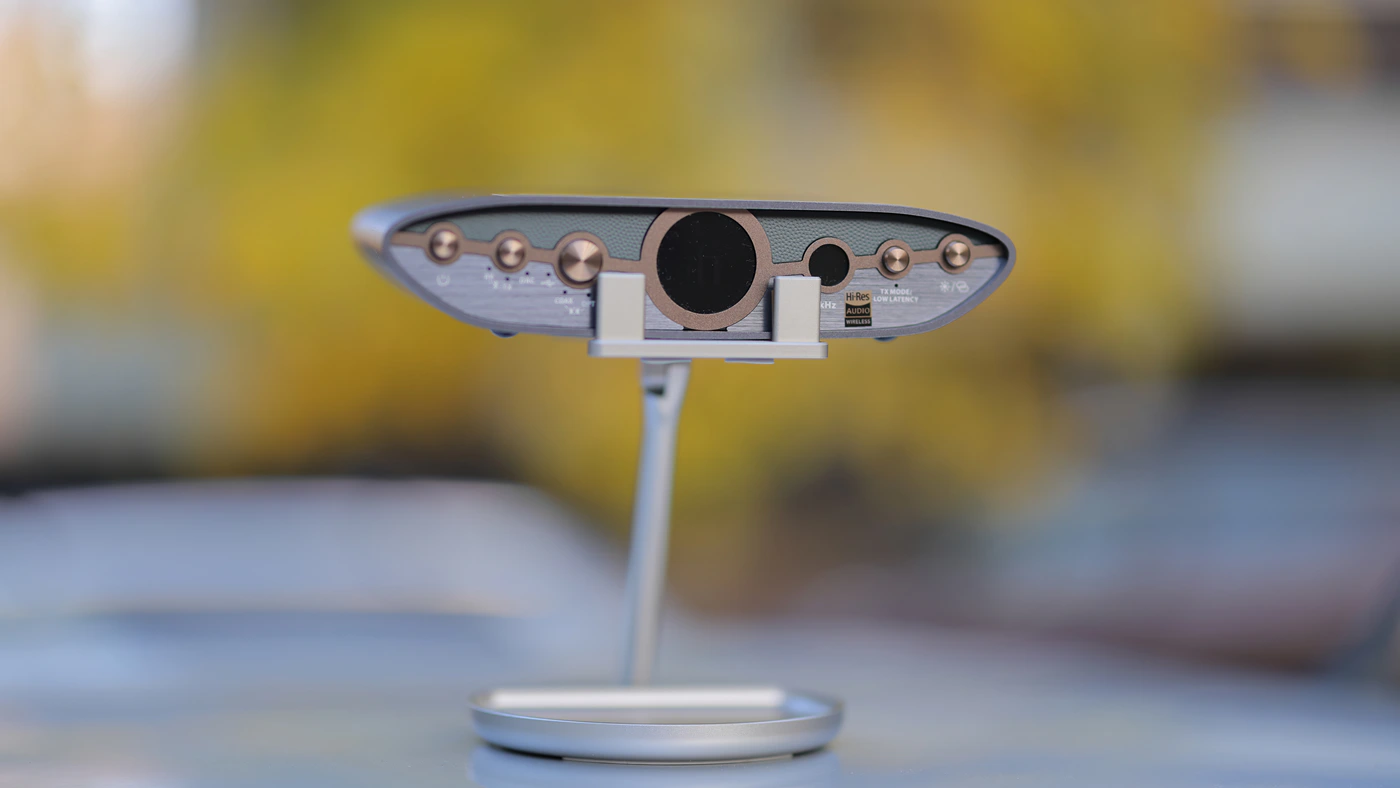
PROs – Excellent set of features that make it future-proof, Good performance from a technical perspective, with very little coloration, strong signal and a beautiful design. There is no audible background noise, and the performance is much cleaner and more controlled than that of the Zen DAC that we have reviewed in the past, showing ifi’s dedication to improvement and refinement with each new product release.
Cons – Pricing is on the high end for a Bluetooth Receiver / Transmitter. aptX Lossless is not enabled on anything right now, so it is not currently useful. No Headphone output.
Product Link
Amazon – https://amzn.to/3ZTEEcU
Build Quality/Aesthetics
iFi Zen Blue V3 or Zen blue 3 DAC is designed in the same vein as the Zen DAC 3 we have just reviewed, and the Blue version is named as such because it offers a wide selection of wireless connection protocols for the user to enjoy. Exploring those features is a bit quicker on the sale websites than on the main iFiu website, as the information on the iFi website is not quite as compact, but the biggest news is that with the Flagship Qualcomm QCC518x, you can now stream aptX Lossless.
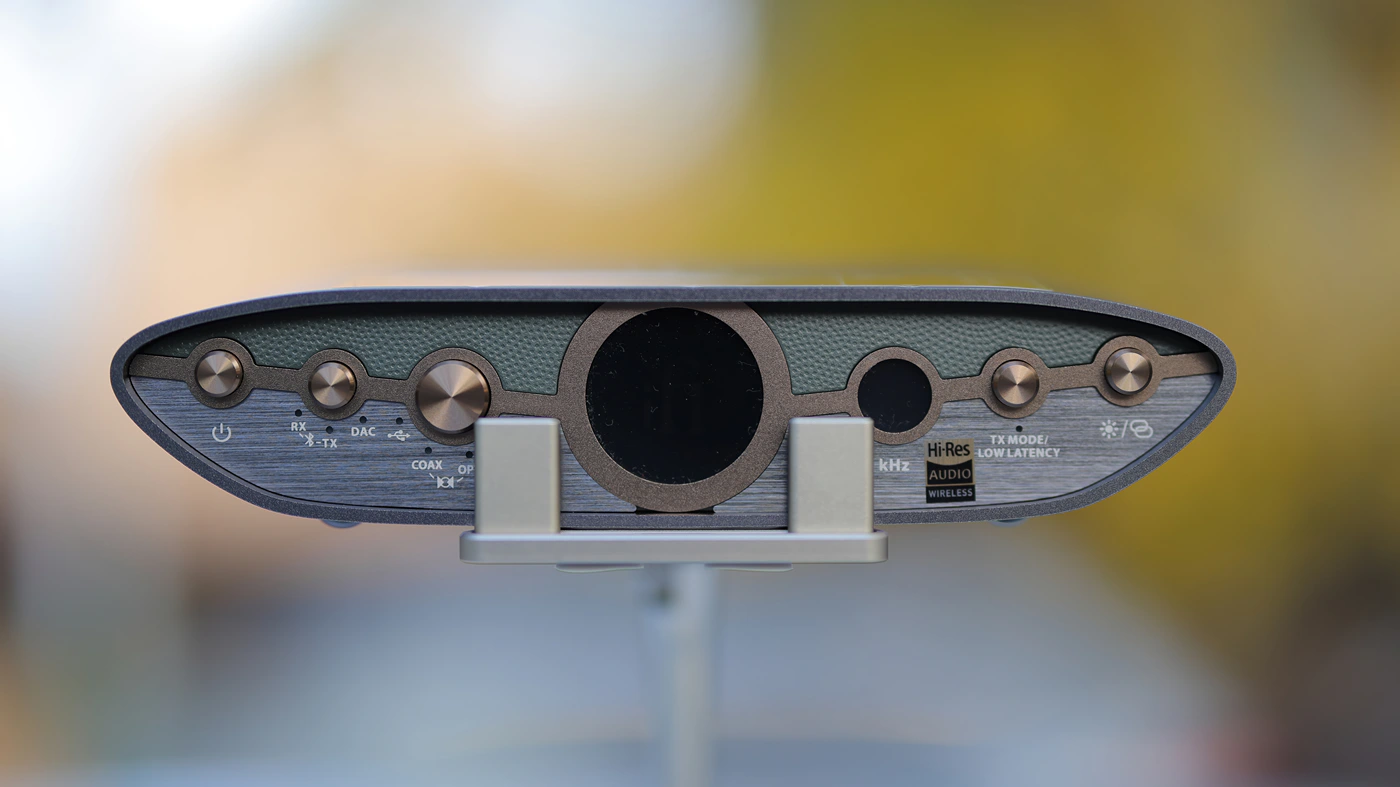
This new protocol offers a maximum bitrate of 12000 kbps lossless and it is currently the only bluetooth codec capable of sending and receiving CD Quality audio without dropouts. The biggest if here is that your phone has to support aptX Lossless, but currently, this is a codec officially supported on just one smartphone on the entire market, which is the Vivo X100 Ultra, and it is officially supported on just a couple of earbuds, none of which sound anything close to good enough to warrant getting the Vivo X100 Ultra smartphone.
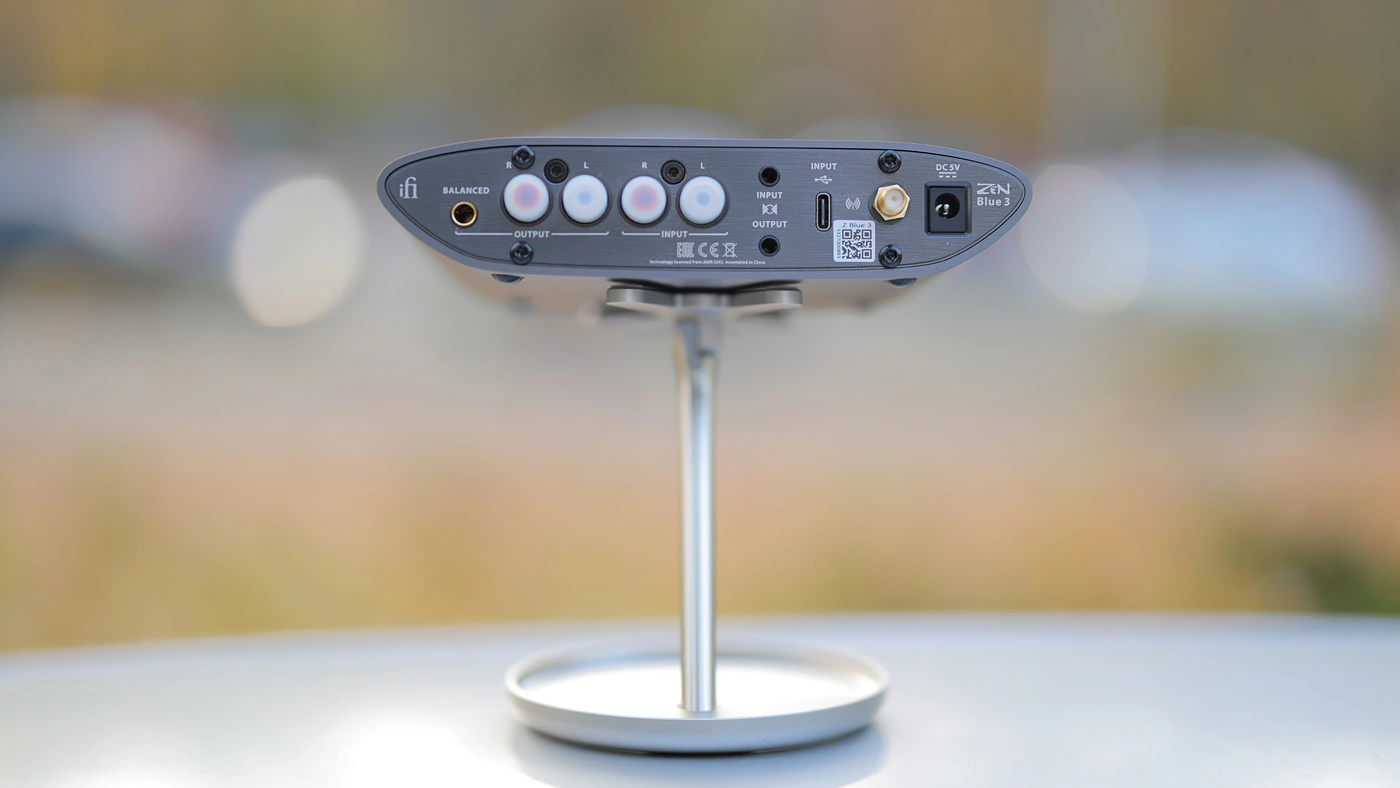
The trick is that although Samsung S23 Ultra, Samsung S24 Ultra and other smartphones can theoretically support it, they refused to pay the Qualcomm and Snapdragon licences to use it, so for now we can only test LDAC, while iOS users have it much worse as iPhones and apple support only AAC and no receiver will enhance that to anything better.
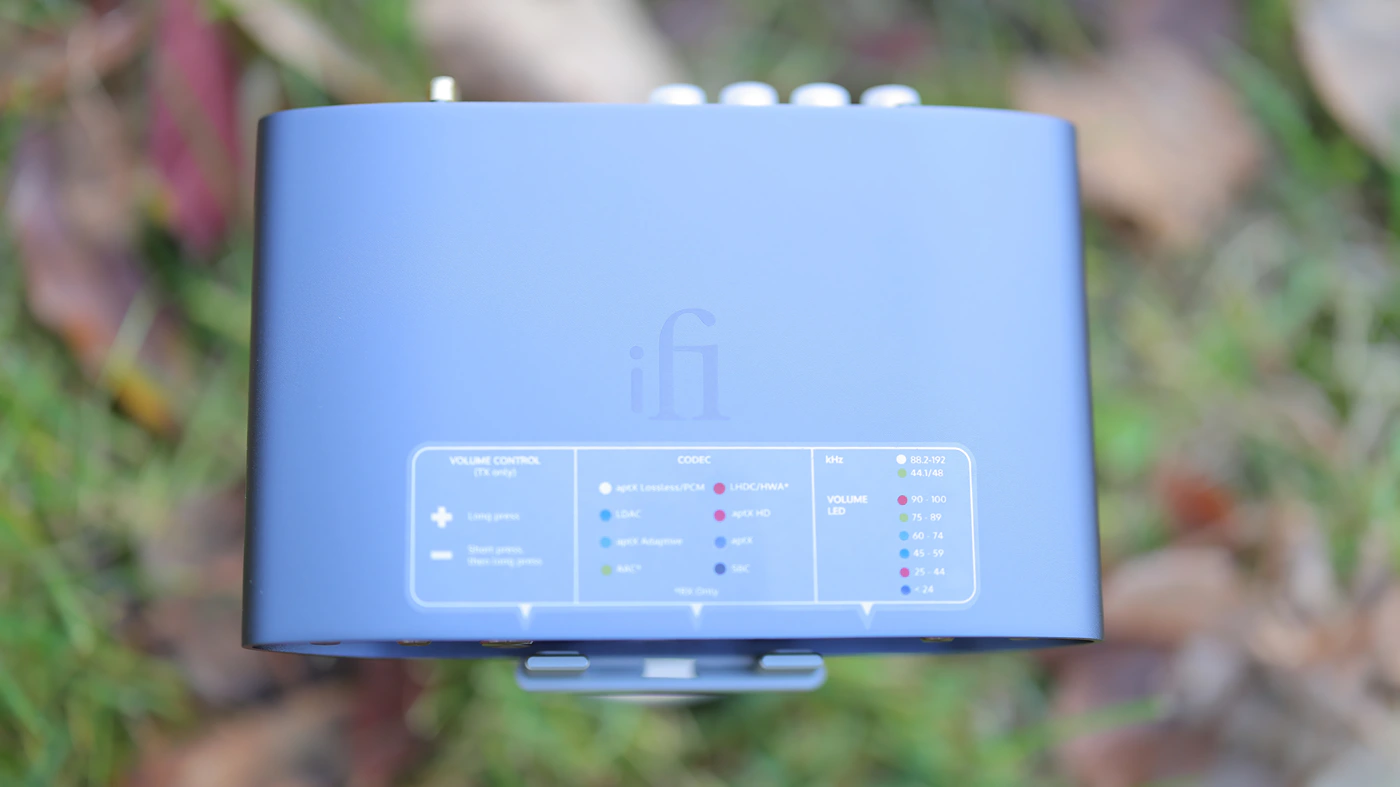
Despite my rambling that the best feature will likely be left unused for a while, I can happily report that Zen Blue 3 supports many other features that make it a versatile desktop DAC, including functioning as a USB DAC with up to 96 kHz / 24 Bit Audio support, via its Type-C USB input, or support for up to 192 kHz / 24 Bit using the SPDIF connection, both of which can output an analogue signal over both the 4.4mm balanced output or the RCA outputs.
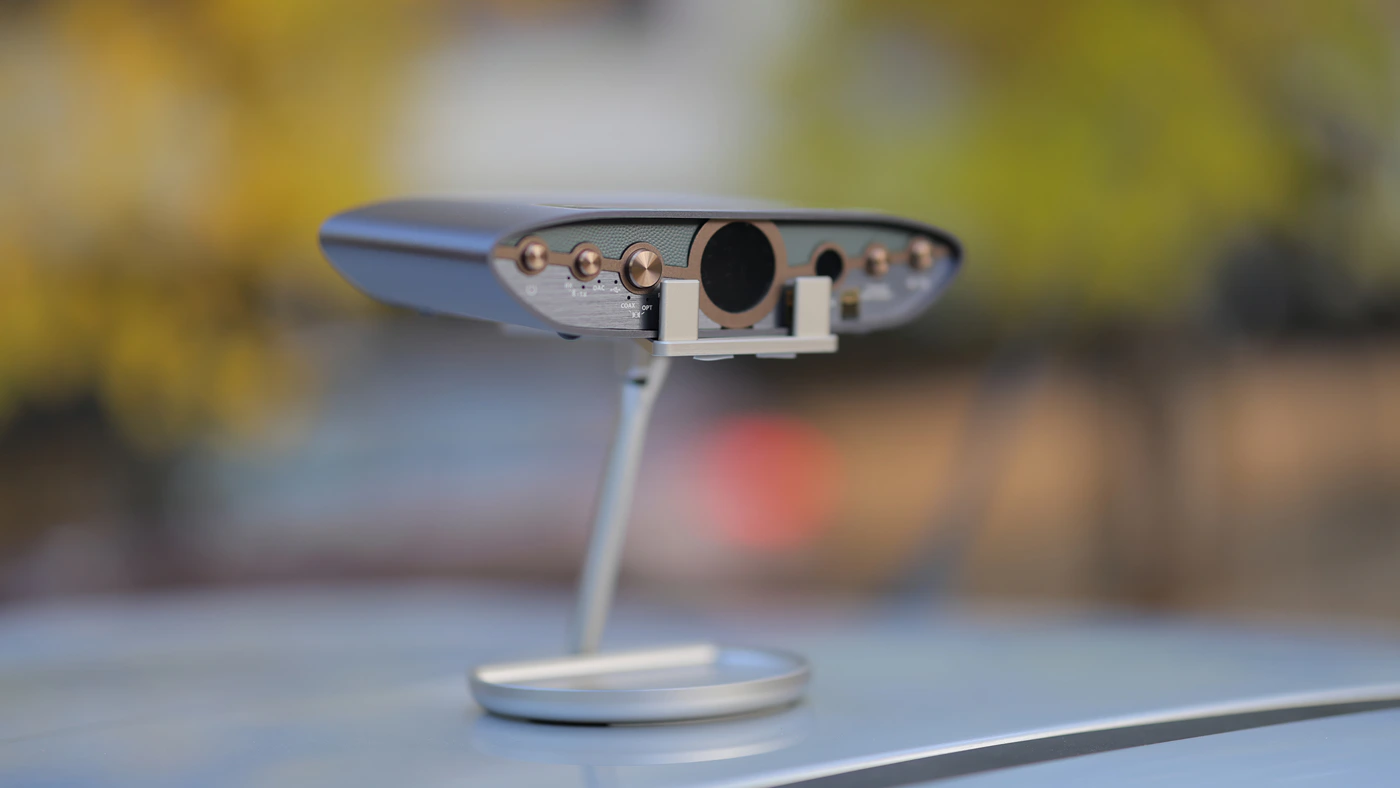
The other theoretical usage for the Zen Blue V3 is that it can act as an ADC or Analog To Digital converter, having an RCA input, and SPDIF Input, and being able to output the signal to a connected pair of wireless earbuds / headphones, replacing your smartphone, for watching movies or playing games. As Zen Blue V3 has support for aptX LL or Low Latency, this is rather brilliant, and there are very few devices that offer this feature currently. Another interesting thing Zen Blue V3 includes is the Balanced output, and we also see a distancing from the original today, as iFi used to rely heavily on Burr-Borwn DACs, but Zen Blue V3 uses an ESS Sabre DAC.
USB DAC / Subjective Usage
After doing a bit of digging, I found that some distributors reveal more about what’s inside of the Zen Blue v3 than the official specs, so we know there’s a Qualcomm QCC518X Bluetooth Chipset, paired with an ES9023 DAC, a DSP processor CT5302, and a MAX97220 AMP chip. Although there is no amplification, the DAC signal needs a bit of amping to really work. Speaking of this AMP, you can actually connect headphones and IEMS to the 4.4mm output of the Zen Blue 3, if you lower the volume digitally, but it isn’t a clear cut usage and not the recommended way to use it as that 4.4mm output is actually a balanced line out. There are iFi Zen series AMPs that you can purchase, which would pair nicely with the Zen Blue V3 DAC / Bluetooth Receiver.
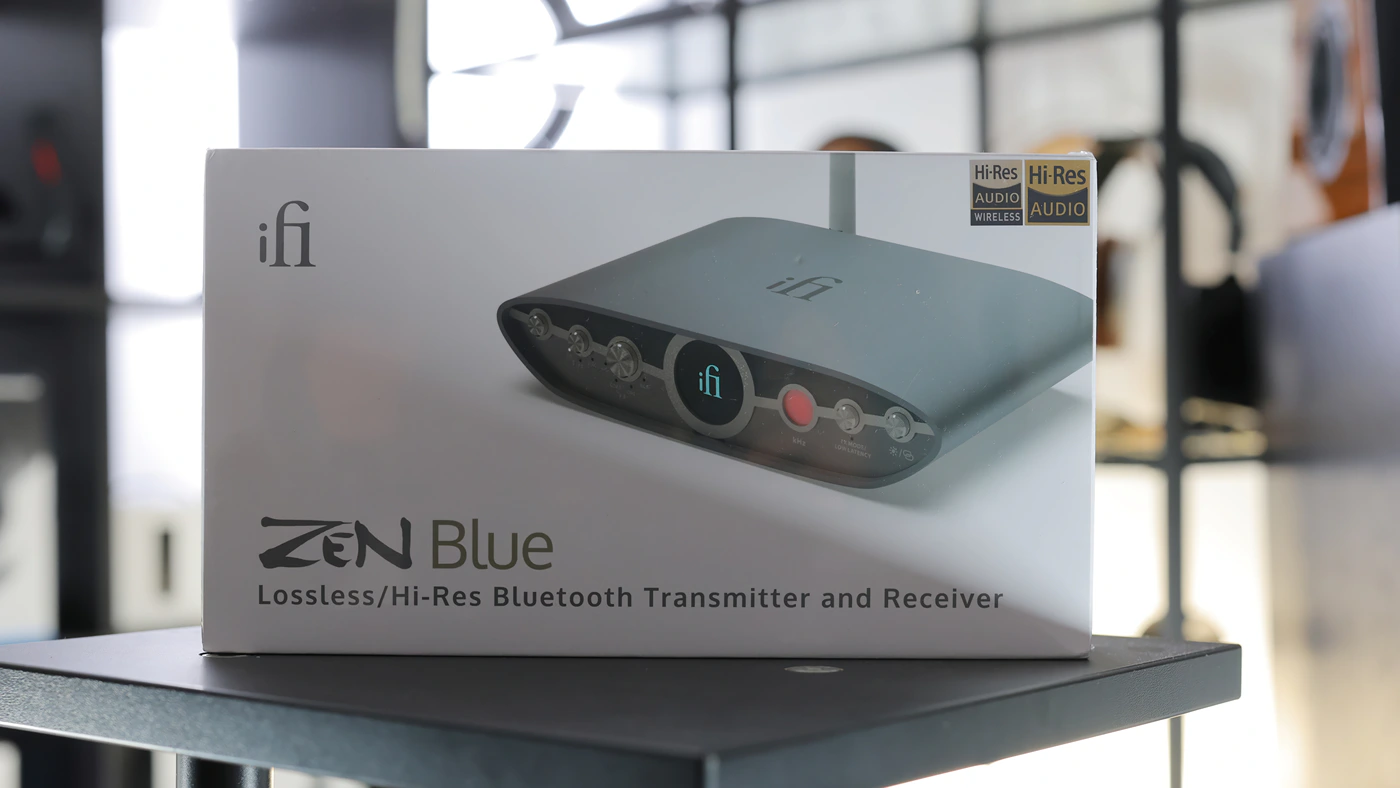
There are two modes available for the Zen Blue V3, the RX or receiver mode, which means that a smartphone or DAP / Digital Audio Player will act as the transmitter and Zen Blue V3 acts as a DAC. This works smoothly, and it supports LDAC as the best codec I am able to test. Low Latency is not available in Receiver mode with any smartphone, and thanks to my wifey I also have a Huawei P30 PRO To test, but with S23 Ultra only LDAC is the only codec available.
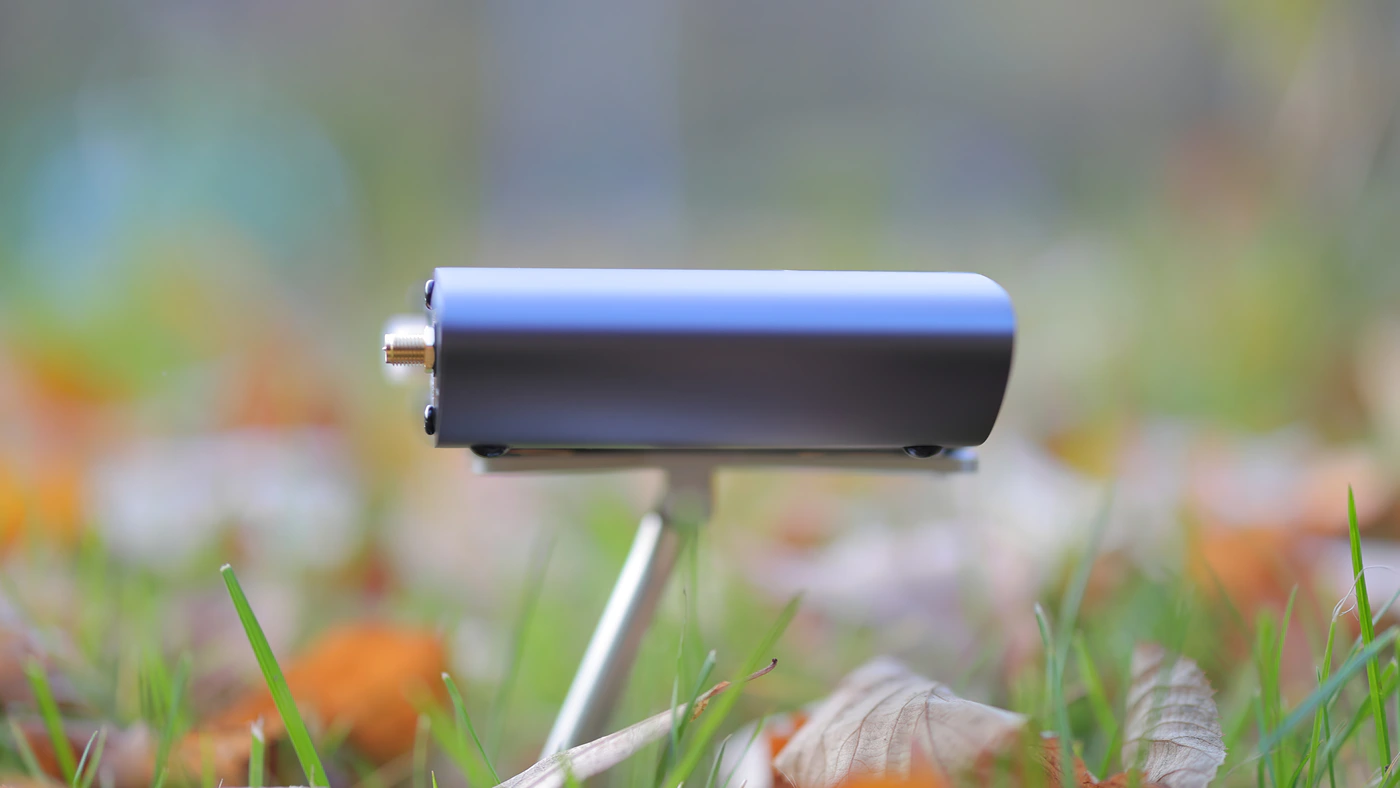
There is also the TX or Transmitter mode, where you connect the Zen blue V3 as the transmitter to a pair of Bluetooth headphones or IEMs, and it can take in signals from the RCA input, Optical / Coaxial input or even the USB Type-C port and send it to wireless earphones. This feature even extends to gaming consoles that recognize the iFi Zen Blue V3, and if you want to play games or real time content, you will need to pray your earphones support aptX LL, but even if they do, aptX LL has a latency of around 40ms, which is noticeable, but not big. This equates to about 2 frames and a half for 60 fps content, or about 7 frames of 144 fps content, so the sound will arrive later than the image, but this difference is not resizable, as most delay below 100 ms is not really noticeable for most people.
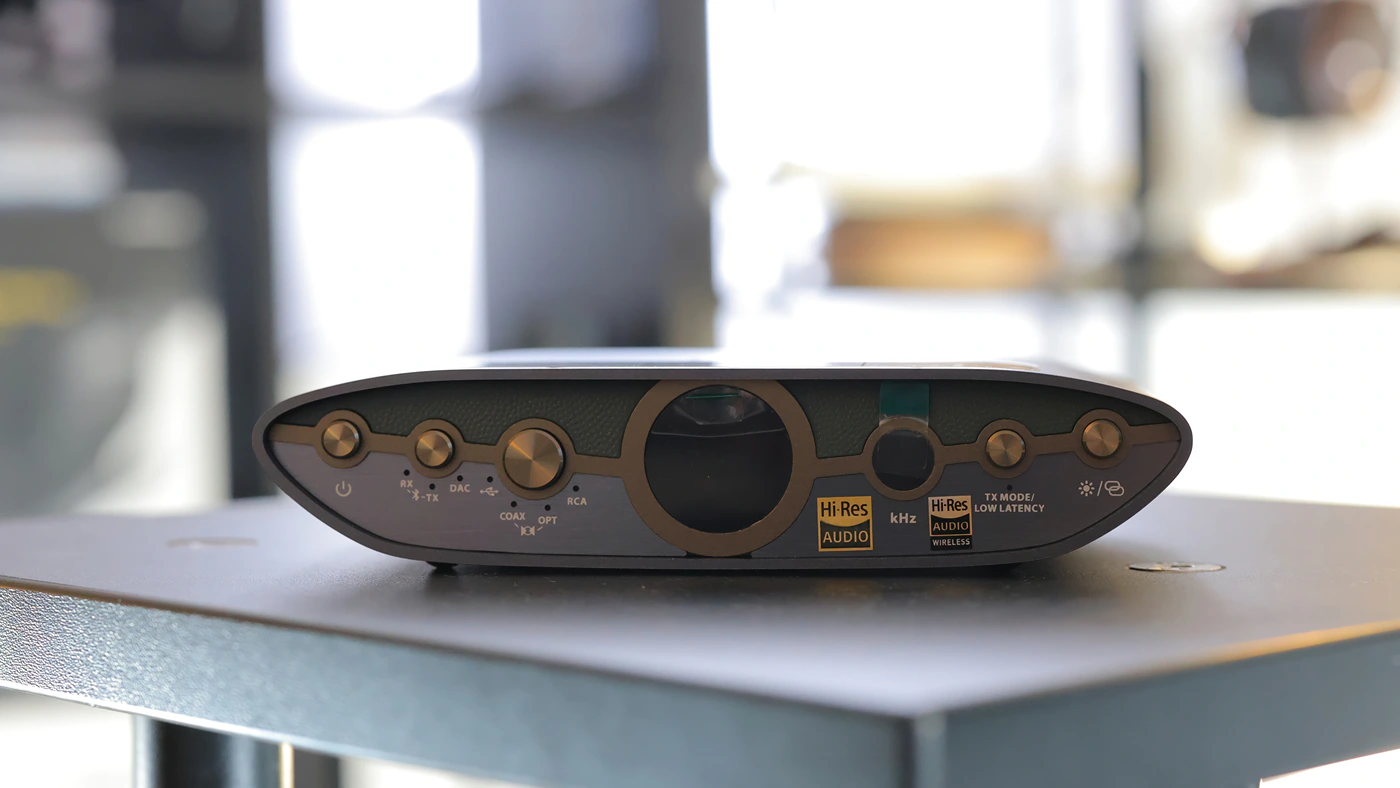
A really nice usage now that Mary is also an iPhone fan, is that you can use iFi Zen DAC 3 with the latest iPhones, where the iPhone stays connected by wire to Zen Blue v3, and then Blue 3 connects to bluetooth headphones. While not something you can take outdoors, it is super nice to have. The simple DAC mode also speaks for itself, you can connect Zen Blue V3 to any PC via the Type-C connection and it will act as the DAC for a stereo system / Headphone AMP.
Sound Quality
Pairings – There are so many things to test that this review was quite hard to create, because I have connected Zen Blue 3 as a receiver and it powers a stereo system including powerDAC-SX and Pylon Audio Diamond 30 mkii, or Audience 1+1 V5 Speakers to test the optical / coaxial output. I also got it hooked to power the Aune S17 PRO Amplifier and Palma DHS-1 Headphones, to test the RCA output, and the balanced 4.4mm output, using a ddHiFi 4.4mm to XLR adapter cable. For the Bluetooth Transmitter part, I have connected the Zen Blue 3 to SoundPeats Space, Elipson W35 Xi, Focal bathys and SoundMagic P60BT. The USB DAC function is the most straightforward one, and I have connected the Zen Blue V3 to my PC, then powered either Singxer SA-1 V2, or Feliks Audio Euforia Evo.
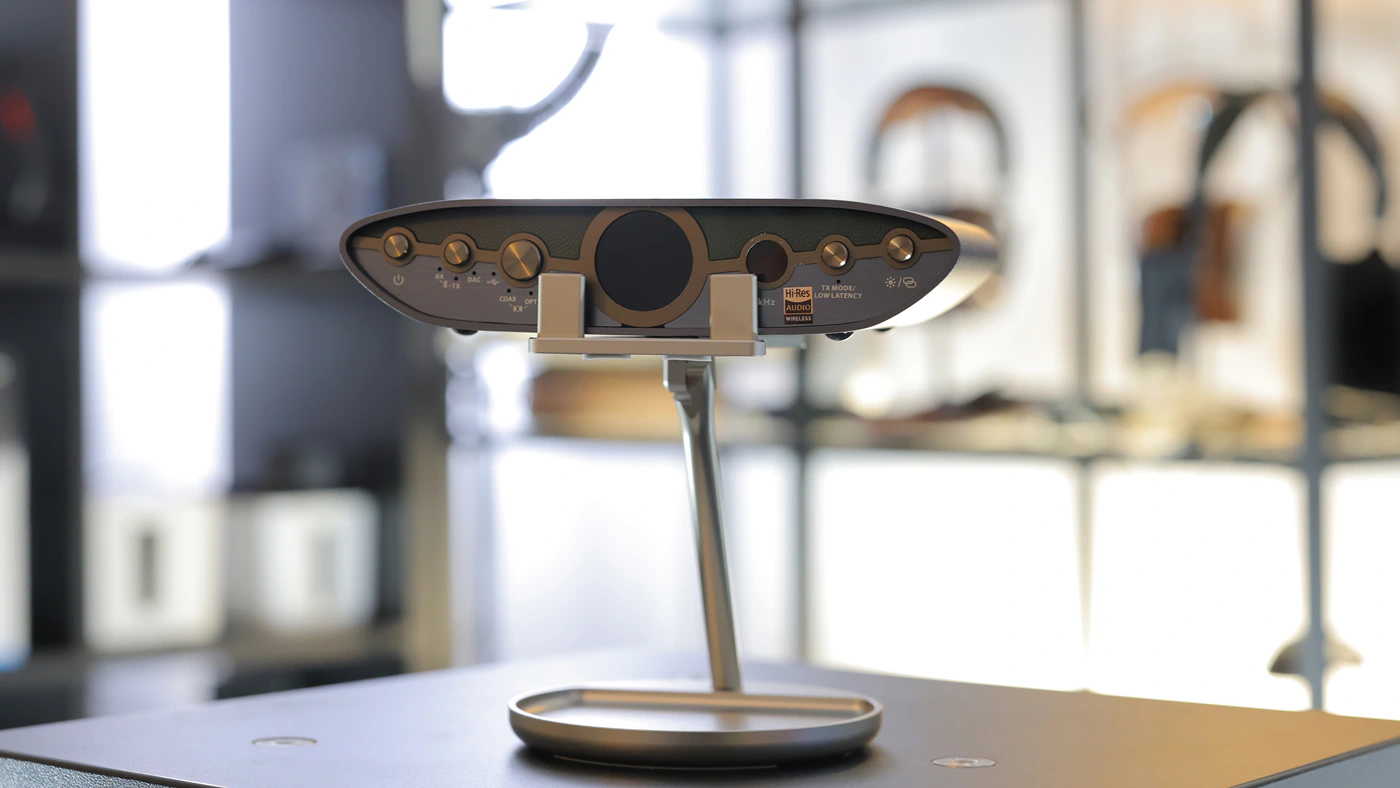
There is a lack of sonic description from most reviews, and for the most part, I also have to keep things brief, because in many cases the sound is more reliant on many other components, which makes Zen Blue V3 stand out less compared to the other active components in the listening chain. The overall signature is a brighter / neutral tuning, with a good amount of width to the sound, and with a fairly neutral texture and sharper transient response. This is a pretty different sound than the warmer, darker signature ifi is known for, but a better resolution is always welcome in the world of audio.
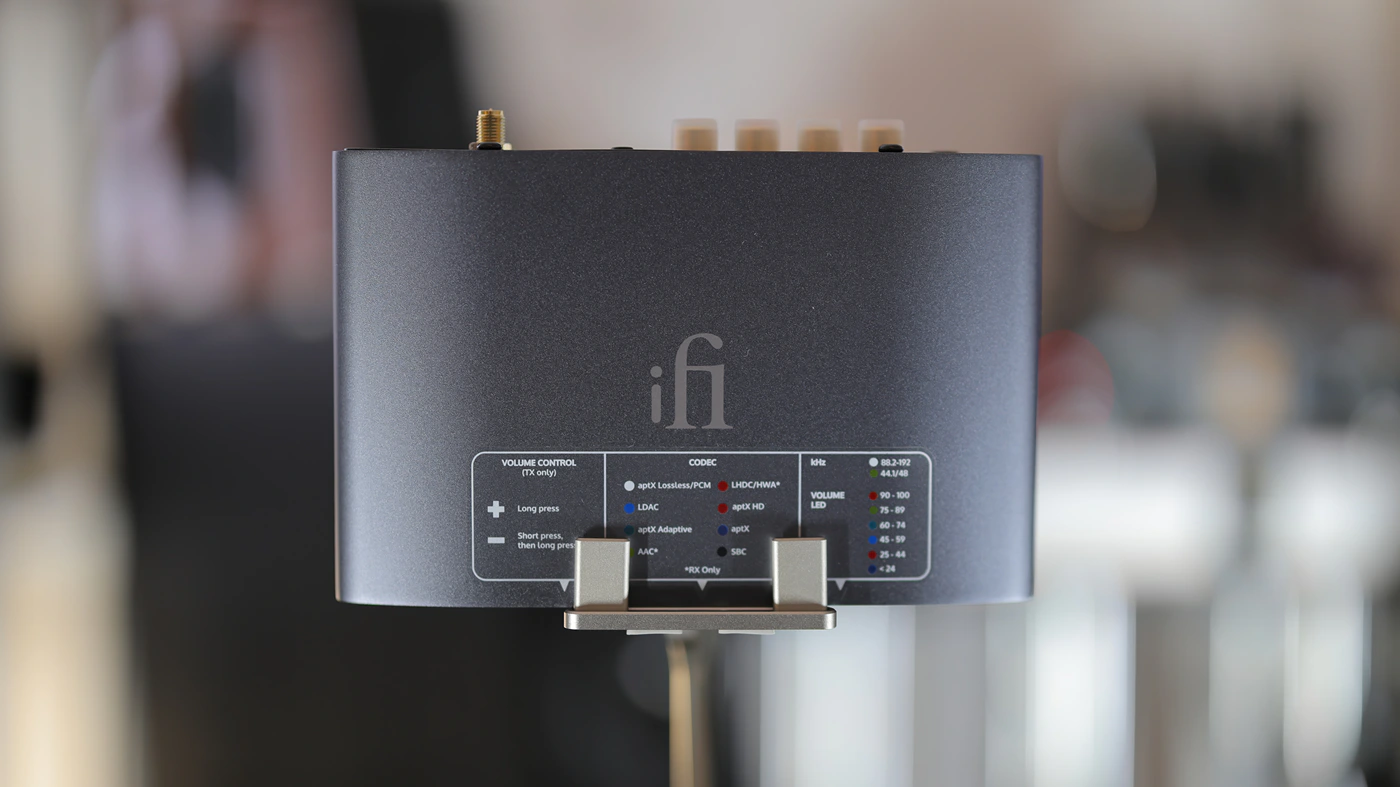
Rx / Receiver – The Receiver part is going to be by far the most widely used scenario for the Zen Blue V3. This is because a lot of audiophiles have a really good DAC, AMP and Speakers, or a Headphone AMP and flagship headphones, but very few have a source that is wireless capable, and I received the question of how to enable bluetooth on a good system many times now. For the most part, I can hear the signal when using the iFi Zen Blue v3 as almost transparent, there is very little deviation, coloration or compression applied, if you’re using LDAC or aptX HD, and using the Optical Output, compared to using a USB to Optical converter to power the same system. Here, iFi acts as mostly a Digital to Digital converter, and it has a transparent, clean and crisp sound with excellent detail and resolution. The only downside to this setup is that there is a slight compression, applied by the Bluetooth compression algorithm, but Zen blue V3 makes it the least obvious out of all the BT Receivers I tested to date.
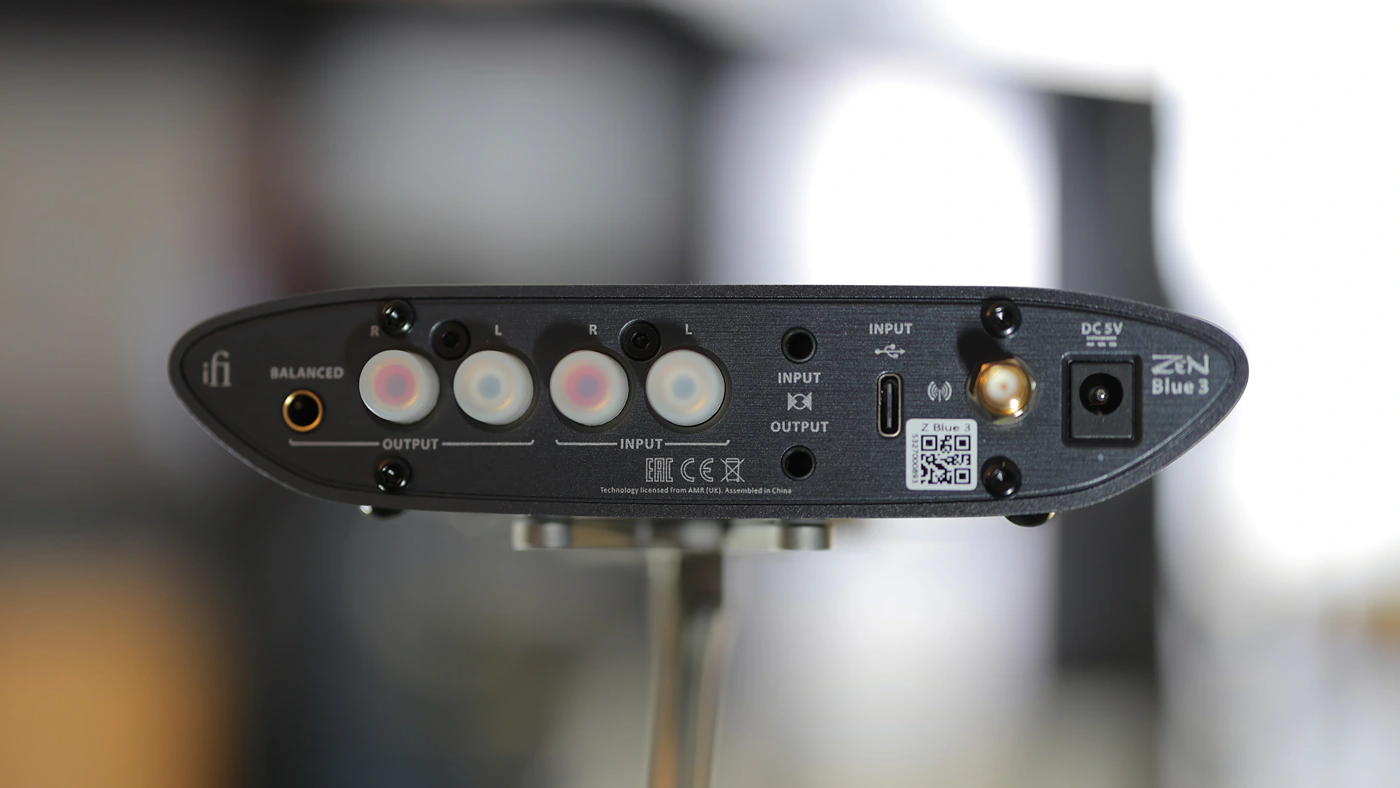
Since I am directly comparing it to pretty high-end DACs like Dethonray Listening M1, If you’re using the RCA output or the 4.4mm balanced output, the sound is really different, with a slightly elevated noise floor, but also a smoother sound than Digital to Digital, there’s a certain pleasing width to the sound, but things also become a bit more compressed. This Rx to 4.4mm or Rx to RCA mode would be ideal for someone who doesn’t have a good DAC, because compared to most entry-level DACs, Zen Blue V3 offers a wider, more detailed sound with a more neutral tuning.
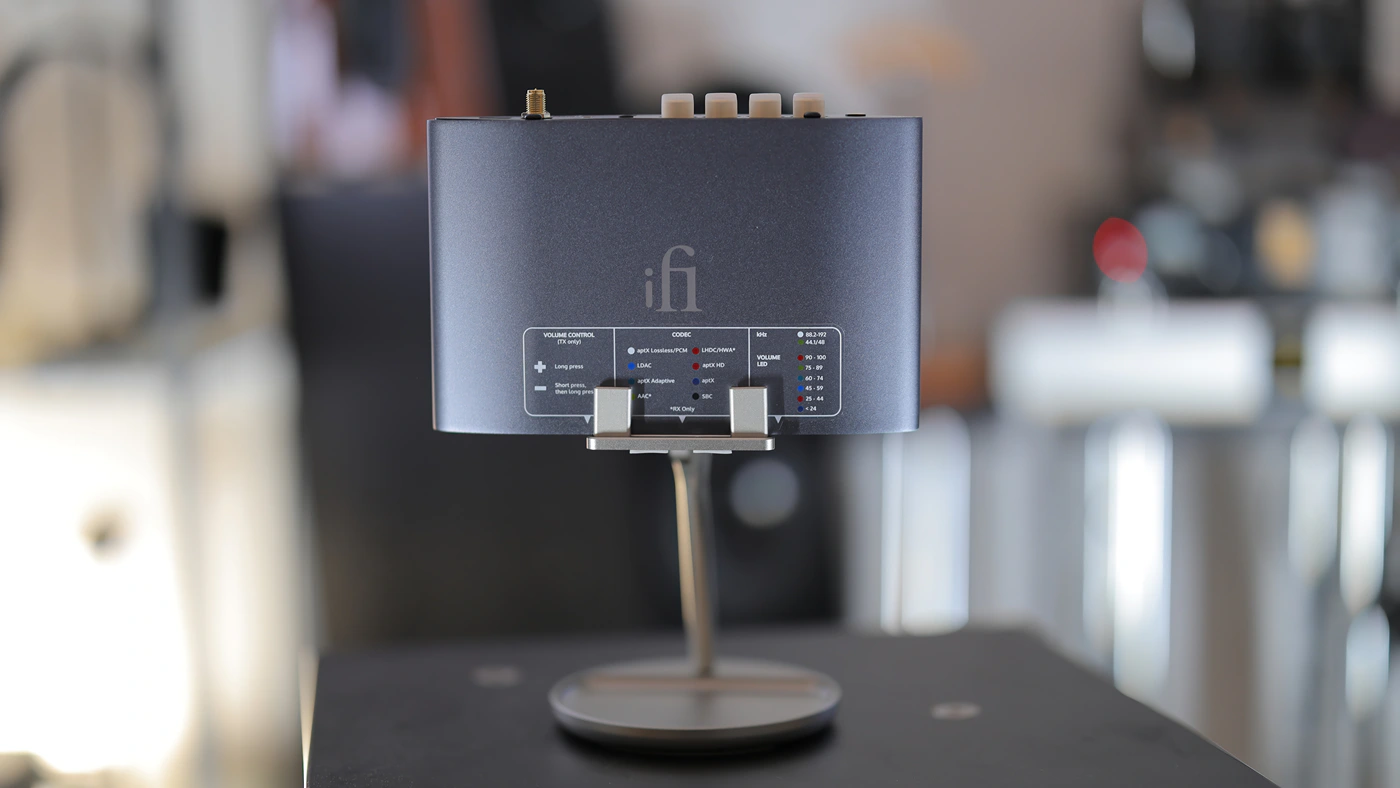
Tx / Transmitter – When judging the transmitter power, I have selected a mixed bag of Headphones and the mighty Elipson W35 Xi. Zen Blue V3 connects flawlessly to all of them, makes things easy and the sound is actually very similar to what my smartphone transmits, although I had fewer dropouts using the Zen Blue V3 when stress testing things. Sadly, the most useful part of this is lost, because I cannot take the Zen Blue V3 at the gym, where the Bluetooth web is so crowded that nowadays I cannot enable LDAC on any IEM or Headphone without instant dropouts, and there the stronger antenna of the Zen Blue V3 would have been really handy.
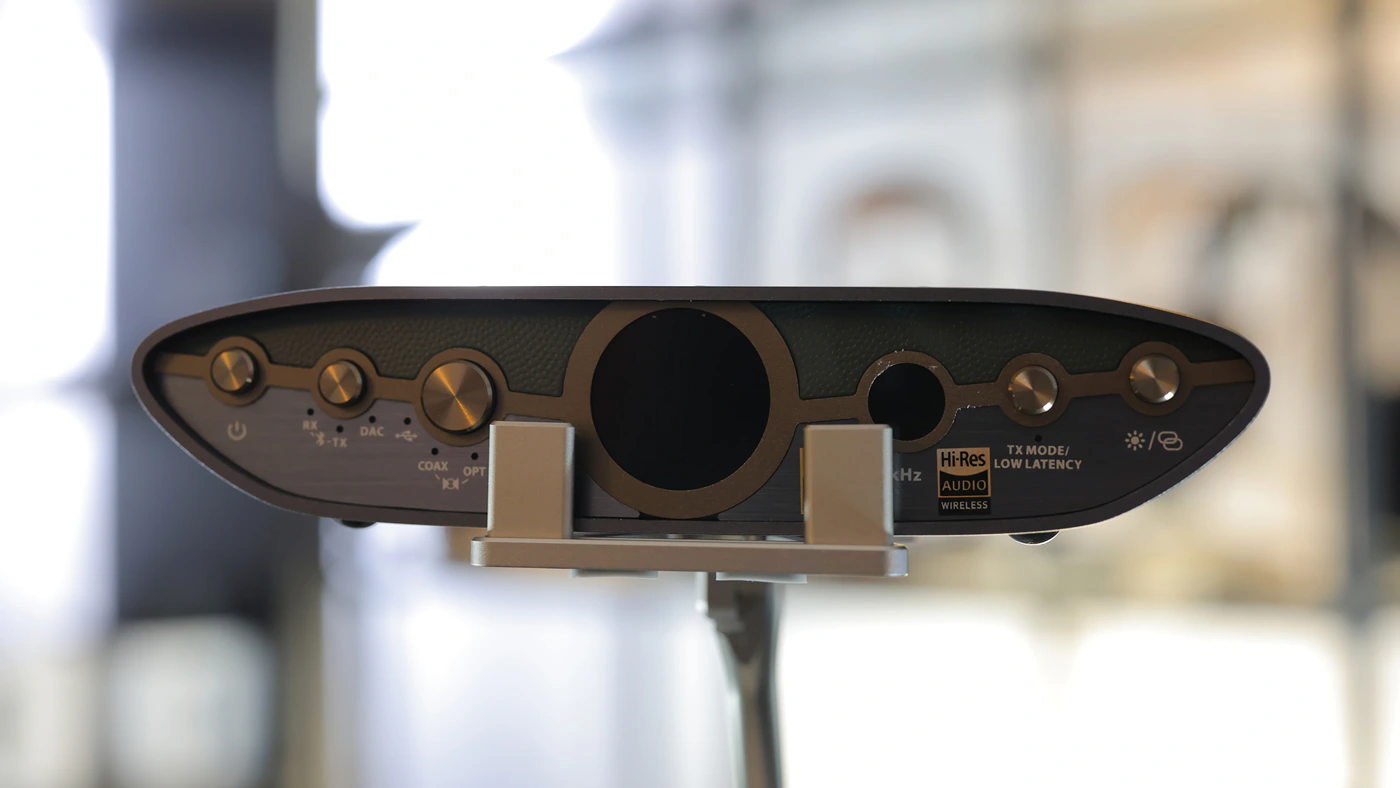
For transmitting the Bluetooth signal, Zen Blue V3 is extra useful in 3 particular cases. Either A. for iPhones, where you only have AAC because Apple is greedy, B. For Consoles and devices where you simply do not have a good bluetooth connectivity, or it is restricted because the console designer is greedy and locks you to only use certain headphones and IEMs with their console, or C. when watching real time content, and if your headphones and IEMs can use aptX LL, which is not supported on most phones, because there you can actually get a pretty reliable sound, with a noticeable degradation in quality, but for watching a movie or playing a game, it is much better than having to deal with the 100ms or more of delay that aptX and other Bluetooth codecs generally have. The mere fact that we have to use an adapter to add a function that a device can otherwise support is something I should be pointing out as unfair, excellent to have the ability to do, but Samsung, Apple and Sony should not be forgiven for not offering those by default, as they have more than enough budget and high enough cost to their products to implement those things.
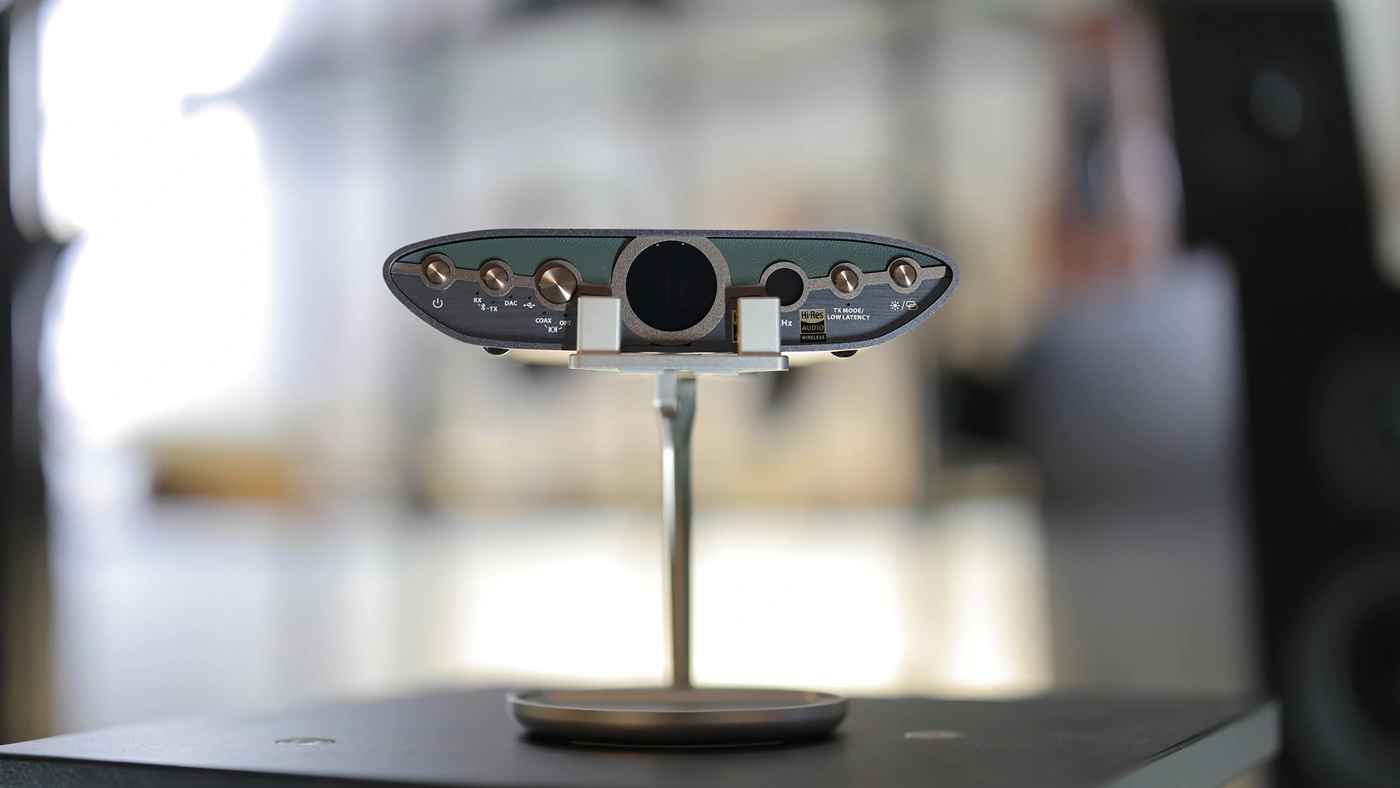
At any rate, the performance of the Zen Blue 3 is exceptional, it has a strong signal, no dropouts, and while the world is not ideal, iFi gives you access to all those premium protocols, even for a windows PC, where you really wouldn’t have access to them as Windows never supported LDAC or aptX officially.
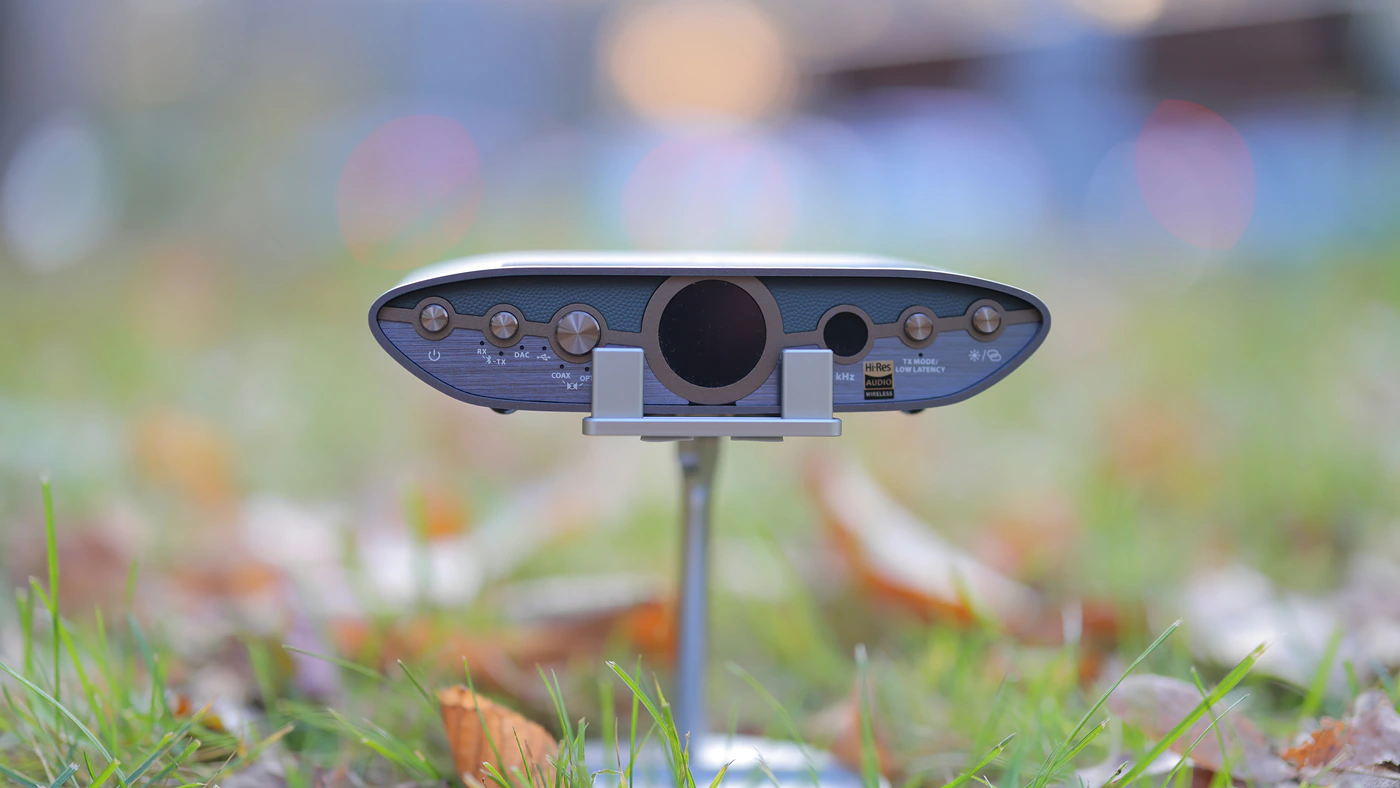
DAC – Likely the best performance of the iFi Zen Blue V3 is going to be missed by most customers, because most people ordering Zen blue V3 likely already have a good DAC, a good AMP, and a good pair of speakers. In fact, given the price segment, around 300 USD is quite enough to spend on a good receiver, good for a high-end system, yet the DAC performance of the Zen blue V3 is excellent, it has a wide, holographic sound, crisp and clear sound with a brilliant treble extension, and strong dynamics. In fact, for its price segment, it has one of the best resolutions and most cheerful, colorful signatures, and although it is quite different from the traditional iFi Audio house sound, it is still a very pleasing experience to hear.
Value and Conclusion
The value of the iFi Zen Blue V3 is great, if you will use the extended features it has, and its raw dac performance is up comparable to the best entry-level DACs, often surpassing their performance considerably. It has both a low noise floor, and a high dynamic range, and the bluetooth signal reliably is excellent, plus ifi’s software implementation is much smoother and more reliable than most of the competition has to offer.
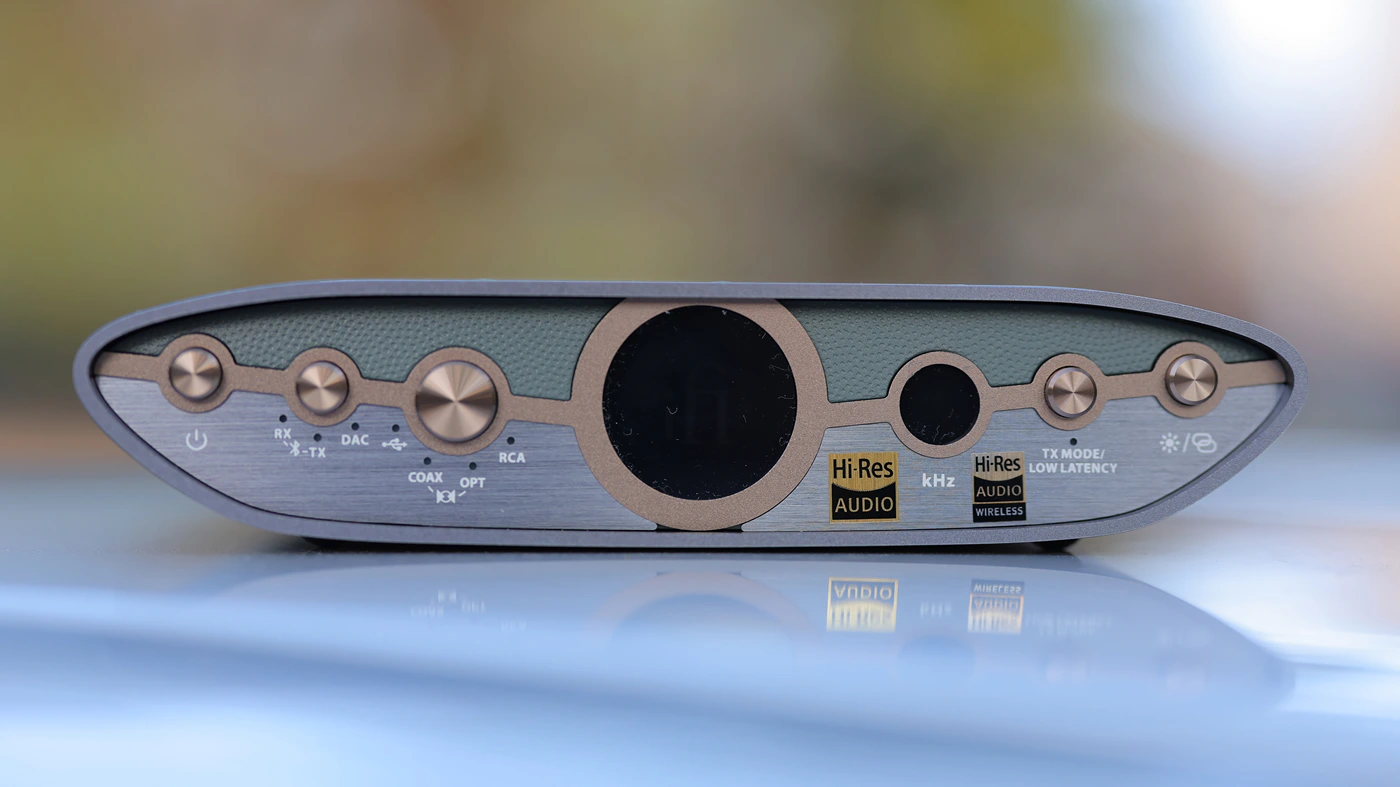
At the end of the day, there’s much less sonic information, as Zen Blue V3 is more of a Digital To Digital, Bluetooth Receiver than it is a standalone DAC, but while I see it finding home in some ultra high-end peak audio systems for those who are bored of swapping CDs and who want an easy bluetooth integration for their system, iFi embedded a great DAC too in the Blue V3, and I find it easy to recommend and fun to use, plus it is the only Bluetooth Receiver / Transmitter that felt smooth and easy to connect at all times.
Product Link
Amazon – https://amzn.to/3ZTEEcU
--- Please remember to stay safe, and always have fun while listening to music!---
- If you have a dime to spare, please donate, and help us! It would make the day brighter for me and my wife-
Full Playlist used for this review
We listened to more songs than those named in this playlist, but those are excellent for identifying a sonic signature. I recommend trying most of the songs from this playlist, especially if you’re searching for new music! The playlists are different for Spotify, Tidal and Youtube, and based on the songs I enjoy and are available on each!
https://www.youtube.com/playlist?list=PL_cjBXGmwSHSdGcwuc_bKbBDGHL4QvYBu
https://open.spotify.com/playlist/5J3oloz8Riy9LxEGenOjQ0?si=979ba4f082414be7
https://tidal.com/browse/playlist/330fd544-8e5b-4839-bd35-676b2edbb3d5
--- Contact Us ---





